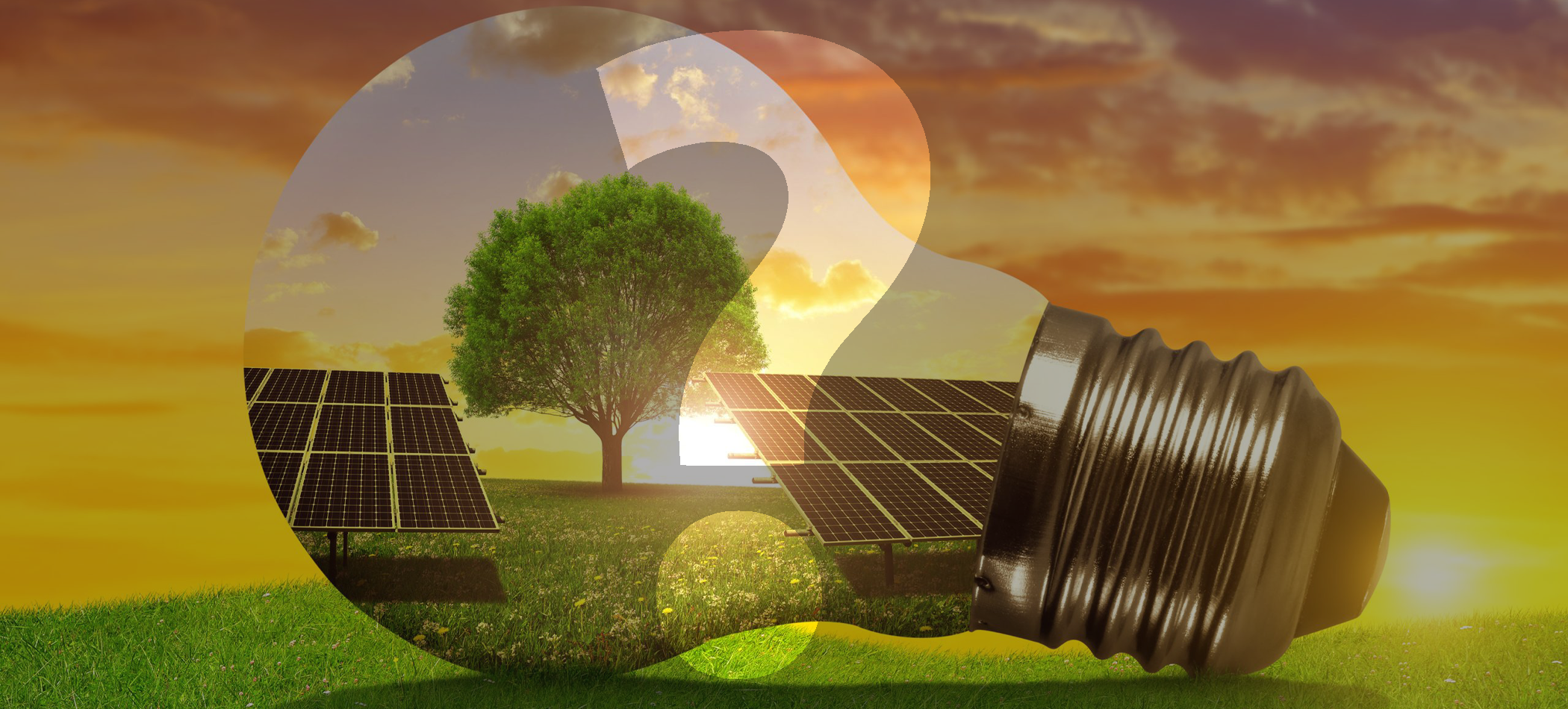
- Distributed generation (DG) refers to the connection of electrical generating facilities, including solar, wind, and battery power, at a member’s service location. An example of DG is a solar power system installed at a residence.
- Solar energy, or Photovoltaic (PV) systems, work when sunlight hits a solar PV module (solar panel or PV panel) and causes electric current to flow. The current produced by the PV panels is controlled and regulated by an inverter, which converts direct current (DC) to alternating current (AC), necessary for use by household appliances. The electrical panel is where the power is distributed throughout your house; any excess electricity may be sent from the panel back to the Cooperative’s electrical grid.
- BEC requires grid-connected PV systems to have AC Disconnects to prevent backfeeding electricity into de-energized power lines that may have fallen or on which line crew members may be working. This shutdown feature is essential to prevent injuries—and even death—to those working on the line.
- Battery-backed or grid-independent systems utilize on-site energy storage to store excess energy generated during the day for use at night or when the sun isn't producing enough power. Selecting this option will significantly increase costs and maintenance for your system.
- With grid-connected systems, your cooperative continues to provide energy to you when you need it, 24/7. On sunny days, the PV system will produce energy, and even excess energy. Your system will not collect sunlight at night or on cloudy days. This means you will continue to draw electricity from your cooperative during these times.
- Effective January 1, 2023, the price paid by the Cooperative for any excess energy produced by the Member shall be the Cooperative’s avoided energy cost of wholesale energy for generation. The Cooperative will pay the member at a current rate of 4.81 cents per kWh monthly for all the metered kWh output and will apply it to the account as a credit.
- BEC will apply a non-refundable $200 application fee to your account once an application is received from the Member’s representative or solar vendor.
- Yes, BEC’s DG Tariff allows for DG Systems to include Battery Systems included in their design. We just ask that specifications and one line diagrams are included in the submittal package.
- BEC will not proceed with the new solar vendor until the member submits a formal email to solar@bartlettec.coop indicating that they approve of this change.
- Certified PV products and systems are generally reliable:
- They have a life expectancy of about 30 years.
- Manufacturers test PV panels for hail impact, high wind, and freeze-thaw cycles to represent real-life situations.
- Most manufacturers offer 20- to 25-year warranties for panels; extended warranties may be available at an extra cost.
- Little maintenance is required; occasionally, it may be necessary to rinse modules off with water to remove dust and grime. Other components, like inverters, may have a shorter life. PV panels may outlast the roof they are attached to. Ensure your roof is in good shape, or budget for replacement during the system's life.
- The direction your home faces will determine the amount of sunlight exposure your system will get. More Sun = more efficiency and generation.
- The condition of your roof.
- Obstructions such as trees and other buildings that can block the sun during peak generation periods of 9 AM to 3 PM. Your solar vendor will be able to provide a detailed analysis of your house to determine if Solar is right for you.
